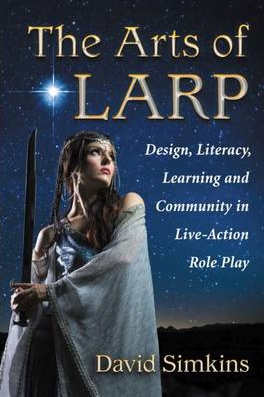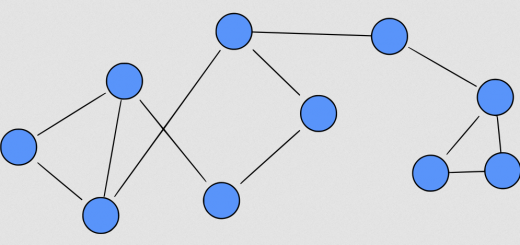The Arts of LARP, Mid Read Review
 I’m now about two-thirds of the way through my read of David Simkins’ The Arts of LARP, of which I previously shared my early impressions. We’ve moved out of the introductory concepts and real life example LARP the author examines. We’re now in the part of the book that experienced LARPers would call the “meat”. My reading of it has slowed in a good way because this portion of the book is making me pause, research and digest.
I’m now about two-thirds of the way through my read of David Simkins’ The Arts of LARP, of which I previously shared my early impressions. We’ve moved out of the introductory concepts and real life example LARP the author examines. We’re now in the part of the book that experienced LARPers would call the “meat”. My reading of it has slowed in a good way because this portion of the book is making me pause, research and digest.
The section on roleplaying as a education, therapeutic and business tool may rankle some folks that want their LARP purely as entertainment and escapism (particularly in the case of business applications). Personally, I don’t have this issue with one exception. There can be situations where roleplaying gaming is used as a replacement for therapy exactly because it has this potential in the hands of a trained professional. However, I feel this is probably an extension of self medication/treatment in general and not a hazard unique to roleplaying games, and better addressed under that broader phenomena.
An excellent examination of rules and resolution mechanics is well balanced with a section on “implicit norms”, those often unwritten rules (which probably shouldn’t be). LARPers that struggle with what should be represented by rules vs what should be “played out” with real world abilities are going to see that revisited, though probably not definitively resolved. And finally, an examination of character development through game mechanics vs narrative-only development.
In the last section of this section of my read, Simkins revisits GNS theory (gamist, narrativist, simulationist) from a different perspective that actually goes a long way to resolving many of my issues with GNS. The “pyramid” and “triangle” he brings in from other sources, feels more productive and actionable from the perspective of designer AND a player, rather than the pigeonholing and use as justification that I often got off arguments about purist interpretations of GNS.
Next review will be of the completed read! I’m very much looking forward the last couple chapters since the author has alluded to practical application, harmonizing player/gamerunner goals, empathy, ethics, and technology.






